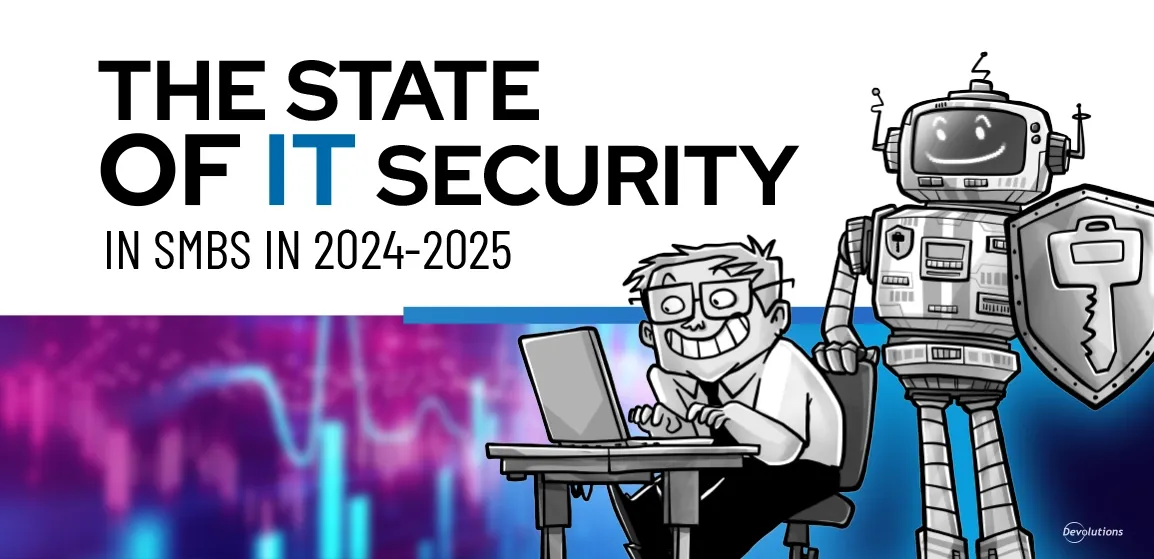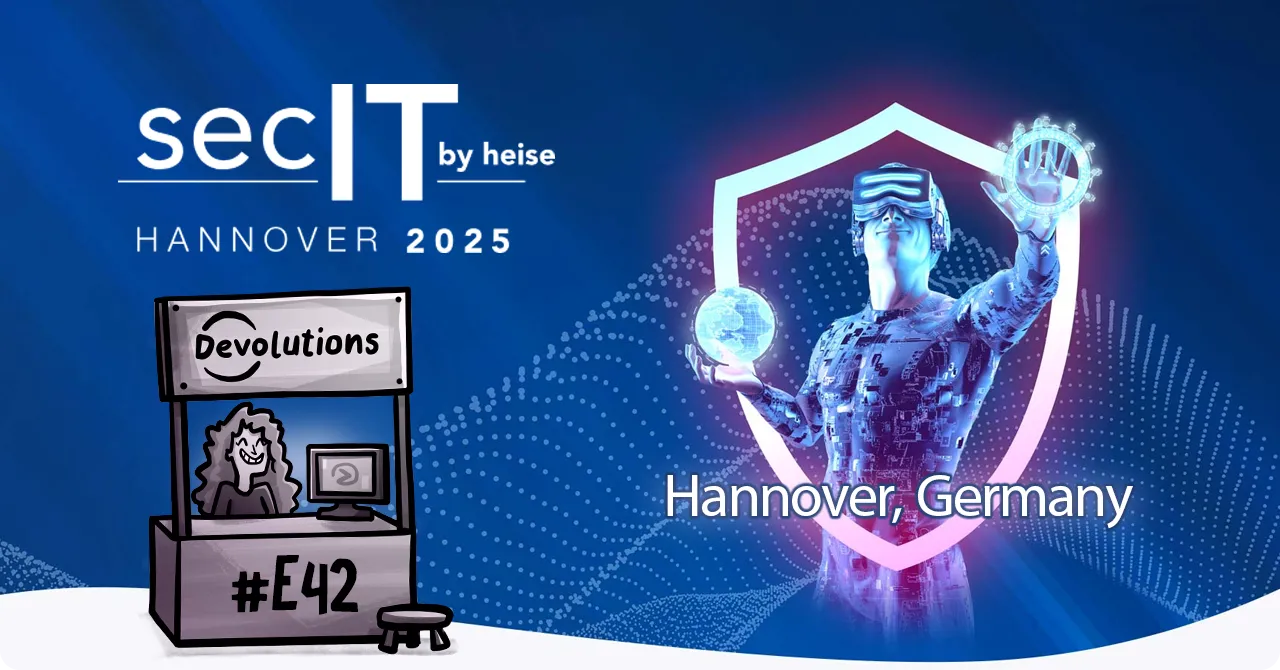In our January poll, we asked you to tell us which technologies you think will transform the world in 2018. Some of your great predictions included cryptocurrency, 3D printing, artificial intelligence, and energy-related innovations like solar roofing tiles. Click here for a recap of the responses.
Gartner is also getting in on the crystal ball fun with their “Top 10 Strategic Technology Trends for 2018”. Here’s an overview of the key technologies they expect to shape the future:
1. AI Foundation
According to Gartner, “creating systems that learn, adapt and potentially act autonomously will be a major battleground for technology vendors through at least 2020”. Furthermore, according to a survey of Gartner Research Circle members, “59% of organizations are still gathering information to build their own AI strategies” — which means we are at the very beginning of the Age of AI Glory.
The challenge is that AI depends on a lot — I mean A LOT — of data. That’s where machine learning, deep learning and reinforcement learning enter the picture, as these data sources feed AI the information it needs to be useful and consistent.
2. Intelligent Apps and Analytics
Intelligent apps and analytics — which are driven by AI — are already being used by many companies, but these technologies are getting smarter and having bigger and broader impacts in all areas of life (think Siri, Cortana and Google Now). According to Gartner, virtually every app, application and service will incorporate some level of AI within the next few years.
3. Intelligent Things
What’s an intelligent thing, you may ask? Well, it’s an intelligent piece of technology designed to make our lives easier and more efficient — like drones, self-driving cars, IoT-connected refrigerators, and so on. Once these intelligent things start working together (like maybe your fridge will automatically tell your drone to go grab some milk from the store), then life as we know it will be transformed.
4. Digital Twins
According to Gartner, a digital twin is a “digital representation of a real-world entity or system”. What makes this technology astonishing is that the digital representation (i.e. the digital twin) could potentially function in real time, leveraging AI and big data analytics to interact with and evaluate all kinds of ‘what if’ scenarios. Gartner estimates that by 2020, digital twins will exist for potentially billions of things. I’m still trying to grasp this concept, but I’ve found this article by Gartner contributor Christy Pettey to provide a helpful overview. Check it out to learn more.
5. Cloud to the Edge
No, “cloud to the edge” isn’t the name of a new punk rock group full of hard core geeks. It’s a “computing topology where information processing and content collection and delivery are placed closer to the sources of this information”. The good news is that this model is rapidly driving new IoT applications. The bad news is that it’s also eating the cloud.
6. Conversational Platforms
Businesses currently use conversational platforms to connect with customers via vocal command or typing (e.g. chatbots). However, this AI-driven technology is quickly making its way into the consumer world. According to Gartner, by 2019, 20 percent of an individual’s interaction with their smartphone will be through a VPA like Siri or Google Assistant.
7. Immersive Experience
There are three types of immersive experience technologies: virtual reality (VR), augmented reality (AR), and mixed reality (MR).
- VR is often used with body tracking devices to give users a natural feel when they dive into the 3D world. While it’s now primarily used for gaming, experts predict a dramatic increase in the number of businesses that will seek to give their customers an immersive experience.
- AR uses many of the same technologies as VR, but with a different end goal in mind: to enhance life experience. Personally, I can’t wait for AR to become mainstream. Can you imagine AR-glasses that give you enhanced information about a thing or a place, just by looking at it?
- MR isn’t new, but it’s relatively less well-known than VR and AR. It’s a merging of real and virtual worlds to produce new environments and visualizations, where physical and digital objects co-exist and interact in real-time.
8. Blockchain
If you’re not familiar with blockchain technology and want to understand what all the bitcoin and cryptocurrency discussion is about, then I highly recommend this great video by Gartner contributor David Furlonger, in which he looks at how blockchain has the potential to:
- Remove business and technology friction
- Enable native asset creation and distribution
- Provide a managed trust model
9. Event-Driven Model
Event-driven models have been around for years. However, Gartner predicts that in 2018 (and beyond), leaders in both the IT and business space will join forces to unleash the next generation of this model by using technologies like IoT, cloud, AI, blockchain and in-memory data management. The ultimate goal is to help businesses detect and analyze events more quickly and accurately to reduce costs, improve efficiency and deliver a better customer experience.
10. Continuous Adaptive Risk and Trust
The rise in cyber crime means that businesses must find better ways to protect themselves against advanced digital attacks by using security that leverages real-time risk and trust-based decision making with adaptive responses. This is the core purpose of a continuous adaptive risk and trust assessment (CARTA) strategy, which Gartner predicts will dominate the InfoSec discussion in the year ahead. To learn more, I encourage you to read this excellent article by Gartner contributor Kasey Panetta.
What Do You Think?
All of these technologies are exciting, and it’s going to be very interesting to see how they develop in the months and years ahead. What do you think of Gartner’s predictions? Do you have experience with any of the above in your work or research? Please share your thoughts with the community by commenting below.




